Price: $4.99
(as of Nov 01, 2024 06:11:38 UTC – Details)
Now completely revised, Practical Electronics: A Complete Introduction covers the key areas of electronics you need to be confident in, whether you are a keen amateur hobbyist, an engineering student or a professional who wants to keep up to date. It outlines the basics in clear jargon-free English and provides added-value features like key ideas, memorable quotations and even lists of questions you might be asked in a seminar or exam.
The book has been updated to remove complex and abstract technical thought and replace it with practical information that will be essential for students and general readers alike. It builds on basic principles such as simple circuits and switches, going on to explain how basic components can be used to form versatile digital systems, which can be combined and programmed to create new functional systems. It also covers microprocessor technology and microcontroller chips, showing how to program microcontrollers for learners wishing to explore this new technology.
Practical Electronics employs the ‘Breakthrough Method’ to help you advance quickly at any subject, whether you’re studing for an exam or just for your own interst. The Breakthrough Method is designed to overcome typical problems you’ll face as learn new concepts and skills.
– Problem: “I find it difficult to remember what I’ve read.”; Solution: this book includes end-of-chapter summaries and questions to test your understanding.
– Problem: “Lots of introductory books turn out to cover totally different topics than my course.”; Solution: this book is written by a university lecturer who understands what students are expected to know.
ASIN : B00RTY0AV4
Publisher : Teach Yourself; 1st edition (May 5, 2016)
Publication date : May 5, 2016
Language : English
File size : 15480 KB
Text-to-Speech : Enabled
Screen Reader : Supported
Enhanced typesetting : Enabled
X-Ray : Not Enabled
Word Wise : Not Enabled
Print length : 384 pages



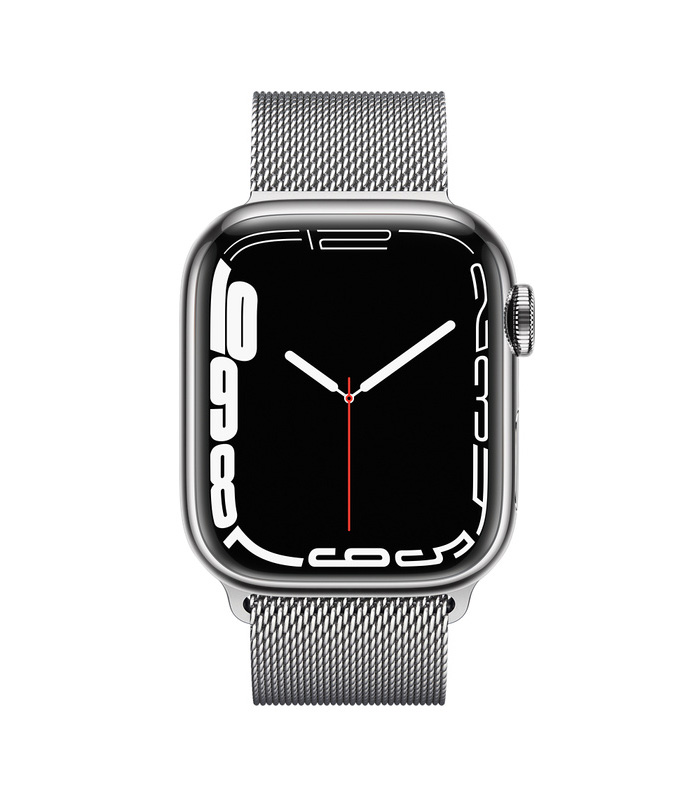
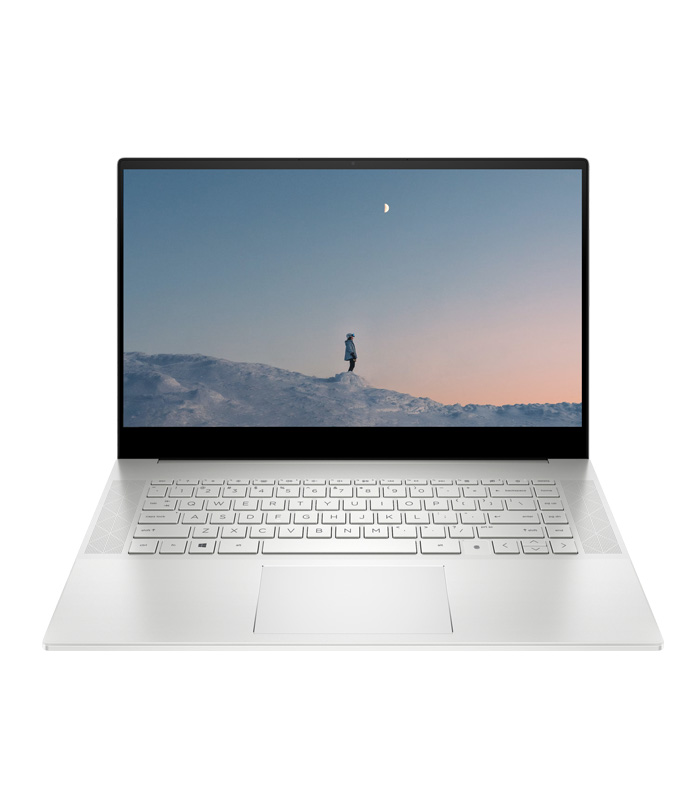
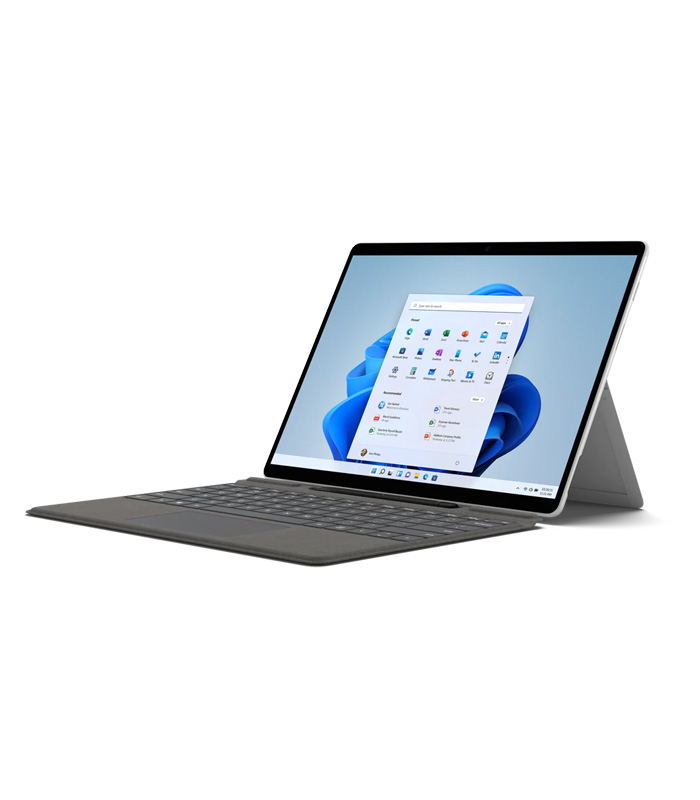



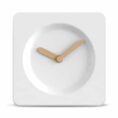

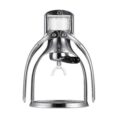
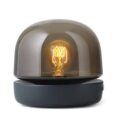









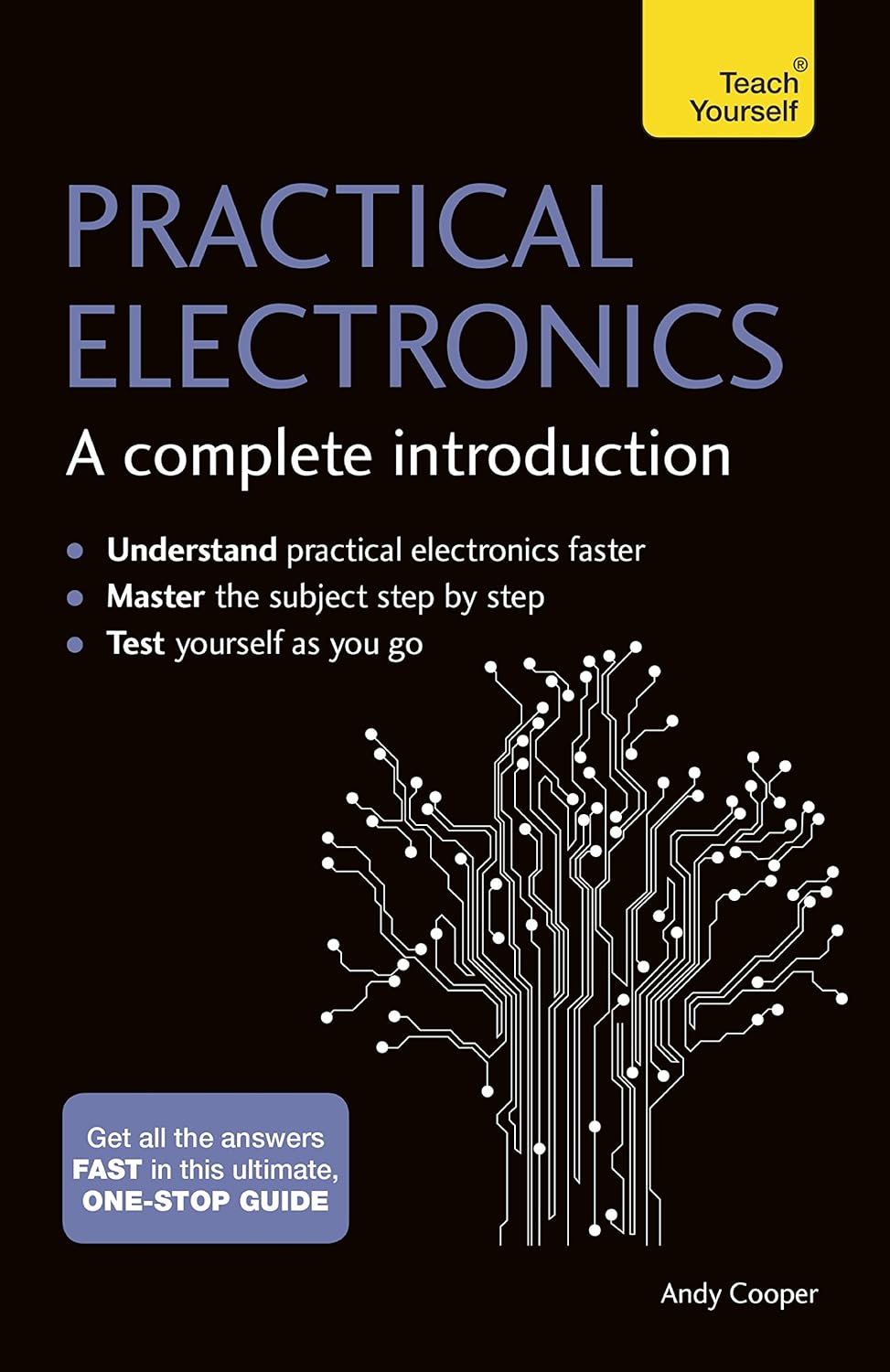

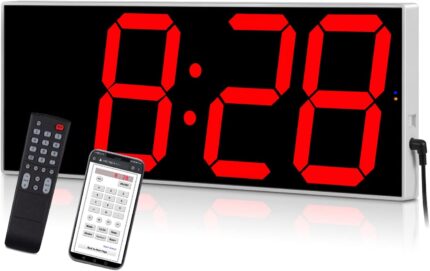





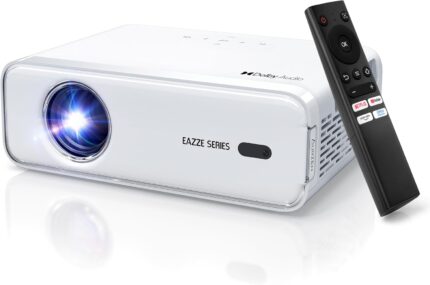



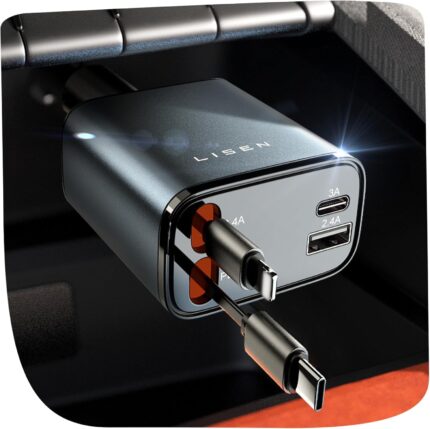

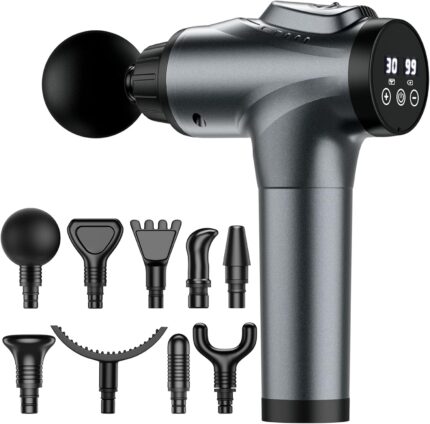
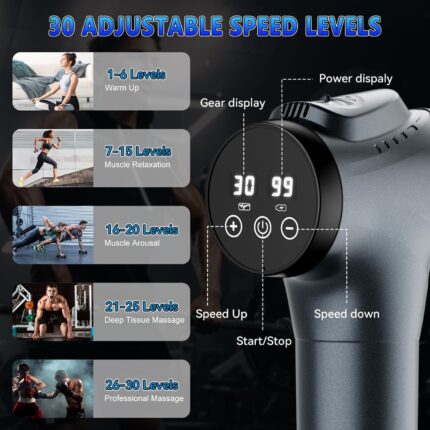
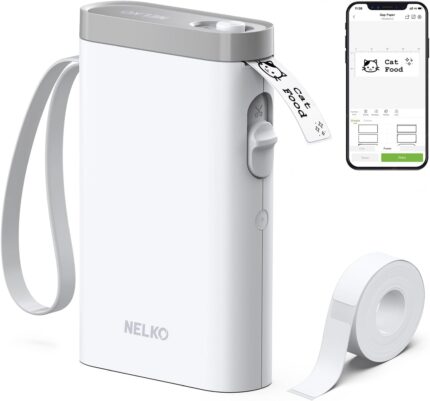
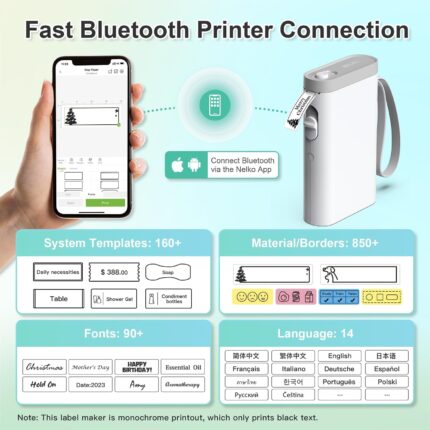


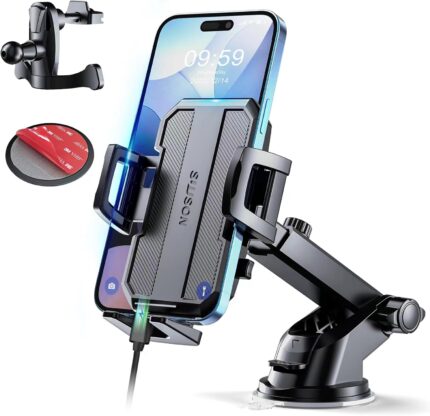
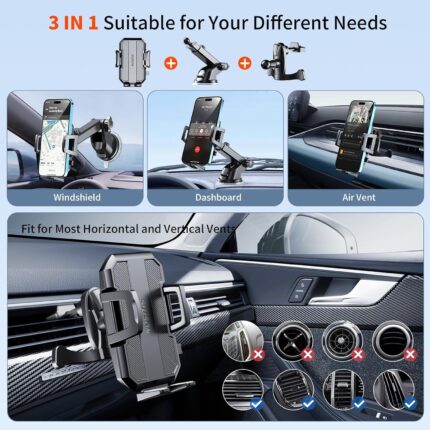

Artemio Allegretti –
My students enjoyed the book as part of their syllabus
Simple and to the point.My students enjoyed the book as part of their syllabus. Thank you
John W. –
Nice book.
Helps when you are a beginner.
Malcolm Colton –
Weirdly positioned to help almost no-one
This book is a strange assemblage of electronics history, a basic introduction to fundamental components like capacitors and transistors, and oddly detailed information about binary logic and how to program a PIC microcontroller. Itâs hard to imagine what audience would benefit from this mishmash.
SlowPoke –
First, this book is very small making it difficult to read and manage, it is smaller than a pocket book. This is very hard to know based on the pictures.Second, this is a black and white w/ lower quality printing. If you looked at the sample like I did and expect grey scale images and blue titling well you won’t get that.The content is a bit to academic for my purpose, I wish I spent a little more for a Make/Charles Platz book or something else.
Marrone –
Ottimo libro x chi vuole impare rudimenti Elettronica in Inglese ma non ostico consiglio usareTraduttore Google …
Yorky Bar Kid –
Useful introduction for anyone just starting out in electronics. Clearly written with good diagrams and helpful tests, plus a few activities to work on. I got it for my oldest grandchild, now 15, and it is ideal for him as he has not done any electronics at school so far. Obviously needs a breadboard, components and links to get underway, so Maplins is a useful contact.
Dave T –
Having read the original version of this book many years ago I thought a look at the latest version would be worth while. The present version is much more up to date introducing digital electronics and microprocessor technology to the reader. The authors style is fairly down-to-earth and easy to follow and explanations are quite clear although, in a book of this size, some clarity is inevitably going to be sacrificed in covering such a wide field. However, as an introduction to the field of electronics this book has merit – particularly for those studying on their own. Some small errors were noticed in the text, mainly labeling in a couple of diagrams. On the whole a good effort by the author to reach his target audience.
vinod chandrasekharan –
Good Book